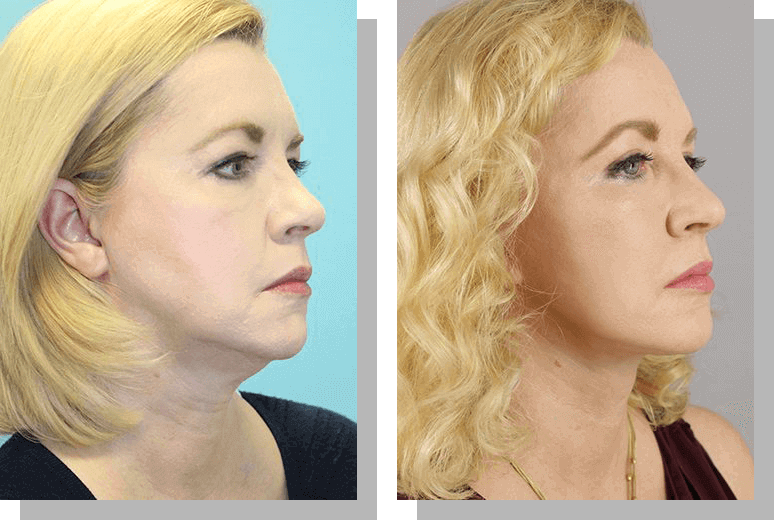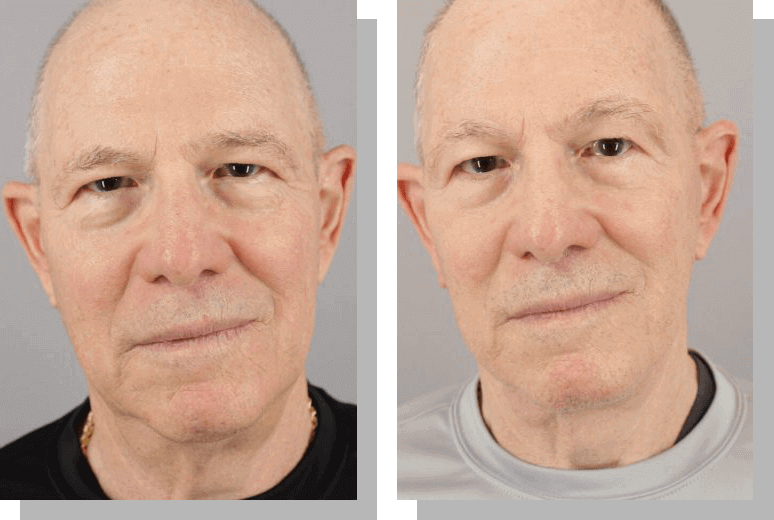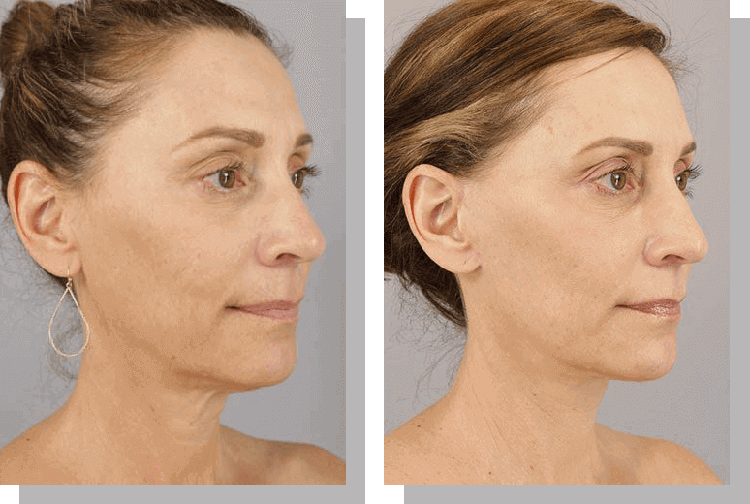Facelift in Scottsdale, AZ
Your face is the first feature anyone sees when interacting with you. This can be cumbersome since it experiences so many changes from gravity, sun damage, and volume loss as you age.
Being aware of these changes can negatively impact the way you present yourself to the world. Fortunately, facelift surgery effectively tightens sagging skin and facial muscles to improve facial fullness and reduce the appearance of wrinkles.
Testimonial
“Dear Dr. Spies,
wanted to let you know how much I love my “new face”. It just gets better every day. The work you do is wonderful and I felt so secure, knowing that when it was all over I would still look like me- only much better. Your staff of ladies are the best! I always feel so comfortable with them. Really, I can’t thank you enough.
Warmly,
N.J.”
“Dr. Spies,
want to thank you for your excellent mastery on my face. The whole experience was perfect. Thank you also for your gentle patience and great bed side manner, and your welcome and friendly smile.
Hugs,
R.J.B.”
What Can Be Achieved With a Facelift?
Reduction of Wrinkles
Reduction of Wrinkles
Collagen and elastin maintain skin elasticity and strength. These proteins naturally diminish as you age, resulting in the development of fine as well as deep lines and wrinkles around the cheeks, nose, and mouth. Facelift surgery tightens the tissues on the lower face, the mid-face, and the neck to restore youthful definition and reduce the appearance of wrinkles.
Restoration of Volume
Restoration of Volume
As collagen and elastin production begin to slow, the fat throughout the face fades as well, leading to sunken, depressed areas around the cheeks, beneath the eyes, and between the nose and mouth. Facelift surgery tightens and compacts the underlying tissue and muscles, which returns the facial volume to its correct elevation.
Lessening of Jowls
Lessening of Jowls
When the facial volume on the cheeks starts to sag, the tissues fall toward the jawline. This tissue remains at the jawline to form jowls—empty pockets of tissue laxity. Jowls distort the angular contour of your jawline and make you appear older than you are. Facelift surgery lifts the jowl-forming tissue to slim and sculpt the jawline.
Concerns
 Recovery
Recovery
The face will be wrapped following your facelift surgery. These bandages will stay for the first two days. Small drains beneath the skin are removed at the same time. After they are removed, patients can wash their hair and return to some of their normal activities. Most patients resume their regular routine after one to two weeks and exercise after three to four weeks.
 Scars
Scars
Facelift surgery requires incisions on either side of the face. Scarring will develop along these incisions. Dr. Spies strategically places these within the hairline and around the ear so that they will be hidden. Scar massage techniques help scars fade and flatten quickly.
 Pain
Pain
Facelift surgery is performed with the aid of anesthesia so that there is no discomfort during the surgery. Patients may experience some pain and discomfort during the first week of their recovery, but these symptoms can be managed with prescribed pain medication. Cold compresses and over-the-counter pain medication can help control discomfort for patients who do not wish to take prescription medication.
 Cost
Cost
The cost of your facelift surgery is dependant on several factors. These cost factors include anesthesia fees, facility fees, surgeon’s fees, pre-surgical tests, and post-surgical dressings. The price of your facelift will also vary if an additional surgical procedure is performed in combination with your facelift. While there are several variations, the average surgical fee for a facelift is between $17,500 and $20,000. You will be given an accurate cost estimate during your consultation.





